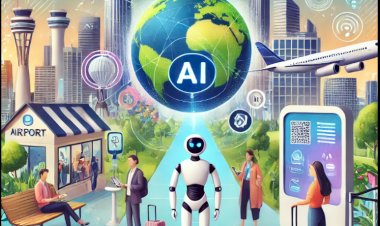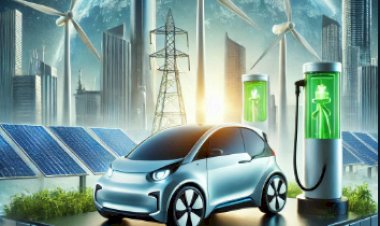Understanding Hyperloop: Uses and Future of High-Speed Transportation
Discover how Hyperloop, a high-speed transportation system that uses magnetic levitation and vacuum-sealed tubes, could revolutionize passenger travel, cargo transport, and emergency response.
Hyperloop is a new transportation concept that promises to revolutionize the way we travel. It is a proposed mode of high-speed transportation that uses magnetic levitation and vacuum-sealed tubes to transport people and goods at speeds of up to 700 miles per hour. Here's a look at the Hyperloop, its uses, and its future:
- What is Hyperloop?
Hyperloop is a transportation system that uses a series of vacuum-sealed tubes to transport people and goods at high speeds. The system is powered by magnetic levitation, which allows the capsules to travel at speeds of up to 700 miles per hour. Hyperloop is being developed by several companies, including Virgin Hyperloop and SpaceX.
- Uses of Hyperloop
Hyperloop has the potential to revolutionize transportation in a number of ways. Here are some of the potential uses of Hyperloop:
- Passenger Travel: Hyperloop could be used to transport passengers between cities at high speeds, reducing travel times and increasing connectivity.
- Cargo Transport: Hyperloop could also be used to transport cargo, allowing goods to be shipped quickly and efficiently between locations.
- Emergency Response: Hyperloop could be used to transport emergency responders and supplies quickly and efficiently in the event of a disaster or emergency.
- Future of Hyperloop
The future of Hyperloop is bright, with many companies investing in the technology and exploring its potential uses. Here are some of the potential future developments of Hyperloop:
- Increased Speeds: As the technology behind Hyperloop continues to advance, it is possible that speeds could increase beyond the current maximum of 700 miles per hour.
- Expansion: Hyperloop could be expanded to cover more locations and provide greater connectivity between cities and regions.
- Sustainability: Hyperloop has the potential to be a sustainable mode of transportation, with the ability to use renewable energy sources and reduce emissions.
In conclusion, Hyperloop is an exciting new transportation concept that has the potential to revolutionize the way we travel. With its high speeds, efficiency, and potential uses, Hyperloop is a promising technology with a bright future.

 Ashish Kumar
Ashish Kumar 














